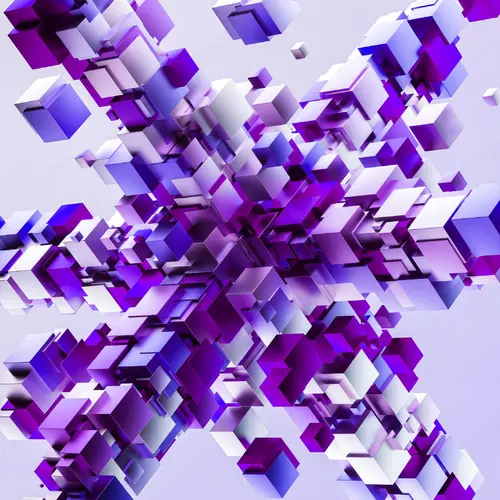
Ian Charest
Biographie
Le professeur Ian Charest est un chercheur en neuroscience cognitive et computationnelle qui s'intéresse surtout à la vision et à l'audition de haut niveau. Il dirige le laboratoire Charest à l'Université de Montréal, où son équipe et lui étudient la reconnaissance visuelle dans le cerveau à l'aide de techniques de neuro-imagerie telles que la magnétoélectroencéphalographie (M-EEG) et l'imagerie par résonance magnétique fonctionnelle (IRMf). Son travail utilise des techniques avancées de modélisation et d'analyse, notamment l'apprentissage automatique, l'analyse de similarité représentationnelle (RSA) et les réseaux de neurones artificiels (ANN) pour mieux comprendre le fonctionnement du cerveau humain. Les thèmes de recherche actuels du laboratoire comprennent le traitement de l'information dans le cerveau pendant la perception, ainsi que la mémoire et la conscience visuelles lors de la reconnaissance et de l'interprétation de scènes naturelles et d'objets visuels. Le laboratoire est actuellement financé par une subvention à la découverte du Conseil de recherches en sciences naturelles et en génie (CRSNG) pour étudier l'interaction entre la vision et la sémantique. De plus, le professeur Charest dirige une chaire Courtois en neuroscience cognitive et computationnelle qui vise à développer une plateforme en ligne pour la recherche interdisciplinaire de données comportementales, computationnelles et de neuro-imagerie.


